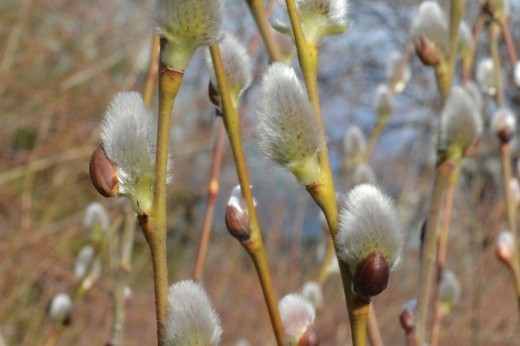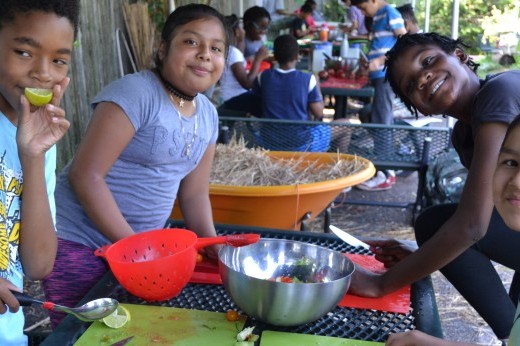We all know that plants need sunlight to live. What do they do with sunlight? Light is a form of energy. Living things need energy to keep their bodies active and to develop and grow. Animals, like people, get their energy from the foods they eat. Plants get their energy differently. They follow a recipe, combining two major ingredients, water and carbon dioxide, to produce an energy-rich product—sugar!
Green Power
People and animals can get sunlight, carbon dioxide, and water, yet they are not able to use those things to make sugar. What gives plants this special ability? The answer is in their color. Plants contain chlorophyll, a green pigment that traps energy from the sun. Plants use this energy to put water and carbon dioxide together to make sugar. Every green part of a plant contains chlorophyll. Every green part of a plant makes sugar.

Plants make another product during photosynthesis that almost all living things on earth require to live: oxygen. Most of the oxygen in the earth’s atmosphere is made by green plants that grow on land and green algae that live in the oceans. When the sun rises, chlorophyll goes to work trapping light and using it to make sugar and release oxygen.
Chlorophyll Prints
You can extract the chlorophyll from a plant part and create a beautiful image when you make a chlorophyll print.
You will need:
- Green leaves collected from vegetables like spinach or kale
- Green leaves collected from herbs like basil or mint
- Green leaves collected (with permission) from trees or shrubs
- Fabric—Use pieces of an old bedsheet or other flat, smooth fabric cut into squares. OR
- Paper—Watercolor paper is best, since it is thicker and will absorb pigment.
- Metal or wooden spoon
- Masking tape
What to do:
- Fold your piece of fabric or paper in half and then open it up again.
- Place a leaf, top side facing down, on one half of the fabric or paper surface and refold the fabric or paper back over the leaf. Tape the folded paper or fabric to the table to hold it in place.
- Using the bottom of the spoon and pressing very firmly, rub the spoon across the fabric or paper. Hold the fabric or paper down firmly with your other hand.
- Be sure to rub the spoon over the entire leaf area so that all the leaf’s chlorophyll will be transferred onto the fabric or paper.
- You can laminate or frame your chlorophyll prints. Or collect them in your nature journal. Do different leaves “print” different shades of green?
Help foster a sense of delight and curiosity about plants and connect children with the natural world with gardening projects created by Brooklyn Botanic Garden’s education team. This project is the first in a series. Stay tuned for more!
This project originally appeared in Gardening With Children (Brooklyn Botanic Garden, 2007).



